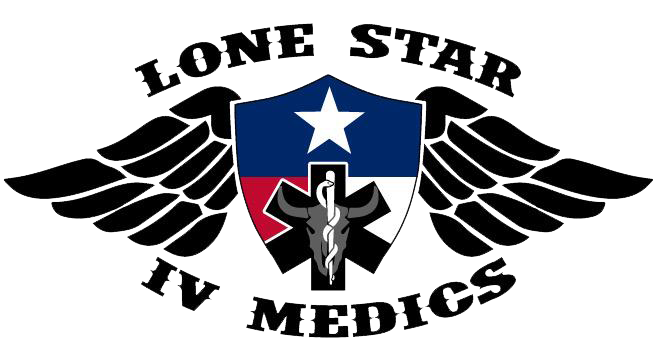With the introduction of electronic medical records (EMRs) and health information exchanges (HIEs), the healthcare industry can now envision a nationwide connected care network. Information, the kryptonite to healthcare can finally be controlled in a productive manner, resulting in enhanced clinical efficiency and quality of care.
The idea is to benefit from incorporating the technology available today within the healthcare system. Over the last few decades, information technology has significantly enhanced the way people communicate. Electronic communication through e-mail, instant messaging and video conferencing can all be adopted to advance medical outreach and response. Telemedicine is one such example which utilizes telecommunication and health IT to help deliver care in remote locations and critical situations.
Health IT is helping increase responsiveness by providing access to real-time information. It allows physicians to focus on population health by adding value to the community. By shifting the care model from a conventional ‘pull’ to a ‘push’ model, we can truly realize the potential of health IT. This is accomplished by using ‘big data’ generated through EMR enabled data mining and reporting. Dr. Farzad Mostashari, the National Coordinator for Health Information Technology explained that structured data is enabling physicians to ask questions such as, “who has got the flu shot and who has not?”. It will eventually make care organizations more accountable for the delivery of care within their communities.
Today, as we look to move towards affordable and accountable care, the significance of health IT is now more prominent than ever. Health IT is helping bridge the gap between patients and doctors while promoting care continuity. Susan Flynn, CEO of Vale-U-Health explains that patient health can begin to decline when disconnected with health professionals. Discharged patients may not get their lab tests done, neglect preventive care practices or forget about follow-up appointments. She explains that patient portals can help ensure care continuity through automated alerts and instant messaging. As a result, patients are more likely to take their medication and remember their follow-ups.
“By promoting preventive care measures and care continuity, we can ensure a healthier future,” says Keith Smith, a health IT consultant, further adding, “Health IT is giving physicians the chance to make ‘that difference’, to be able to affect hundreds and thousands.”
The writer is a leading Health IT analyst contributing regularly on some of the most pressing topics like Electronic Health Records, Practice Management, eRx, Patient Portal, Billing Services, Compliance and Privacy and Security.
This post appears through the MedCity Influencers program. Anyone can publish their perspective on business and innovation in healthcare on MedCity News through MedCity Influencers. Click here to find out how.










